Whether you're lifting weights, swinging a racquet, or simply reaching overhead, your shoulder muscles play a vital role in movement and stability. Understanding the front shoulder anatomy can help improve your training effectiveness, reduce injury risk, and enhance recovery strategies. Let’s break down the anterior shoulder anatomy—what it looks like, what muscles are involved, and how it all works together.
The Shoulder at a Glance: Top View vs. Front View
From the shoulder anatomy top view, the shoulder appears as a complex ball-and-socket joint where the humerus (upper arm bone) fits into the scapula (shoulder blade). But when we shift focus to the shoulder anatomy front, the layout reveals a different perspective—highlighting the major muscles and connective structures responsible for pushing, lifting, and rotating motions.
Key Muscles of the Anterior Shoulder
1. Deltoid (Anterior Head)
The front portion of the deltoid muscle is what gives the shoulder its rounded appearance from the front. It originates from the clavicle and inserts into the humerus, helping lift the arm forward (shoulder flexion).
2. Pectoralis Major (Clavicular Head)
Though often associated with the chest, the upper part of the pec major works closely with the anterior deltoid for forward and upward movements of the arm.
3. Biceps Brachii (Short Head)
Running along the front of the arm and crossing the shoulder joint, the short head of the biceps contributes to shoulder stabilization and forward motion.
4. Coracobrachialis
A smaller, often overlooked muscle, the coracobrachialis assists in flexion and adduction of the arm at the shoulder.
Together, these muscles form the core group involved in pushing exercises, such as bench presses or overhead shoulder presses.
Bones Supporting the Front Shoulder Anatomy
In addition to muscles, the shoulder muscle anatomy front view is supported by three major bones:
-
Clavicle (collarbone) – acts as a strut that connects the arm to the trunk.
-
Humerus – the upper arm bone, serving as the site for muscle attachment.
-
Scapula (shoulder blade) – though more prominent in the shoulder bone anatomy posterior view, the front includes the coracoid process, an anchor point for muscles like the biceps and coracobrachialis.
Anterior vs. Posterior: A Balanced Perspective
To fully understand shoulder function, it's important to compare shoulder anatomy anterior (front) with shoulder anatomy rear (posterior). While the anterior muscles focus on pushing and flexion, the rear shoulder muscles—like the posterior deltoid and rotator cuff—are essential for pulling and stability.
Why It Matters: Injury Prevention & Performance
Recognizing the shoulder anatomy front structure helps athletes and fitness enthusiasts train smarter. Overdeveloping the anterior muscles without balancing posterior strength can lead to shoulder imbalances and impingement issues.
Pro Tip: Add rear deltoid and rotator cuff exercises to your routine to support overall shoulder muscle anatomy health.
Conclusion:
The anterior shoulder anatomy is a complex yet fascinating structure of muscle and bone that powers much of your upper body movement. By understanding how the front shoulder anatomy functions—and training it alongside the rear—you can optimize performance and minimize the risk of injury.


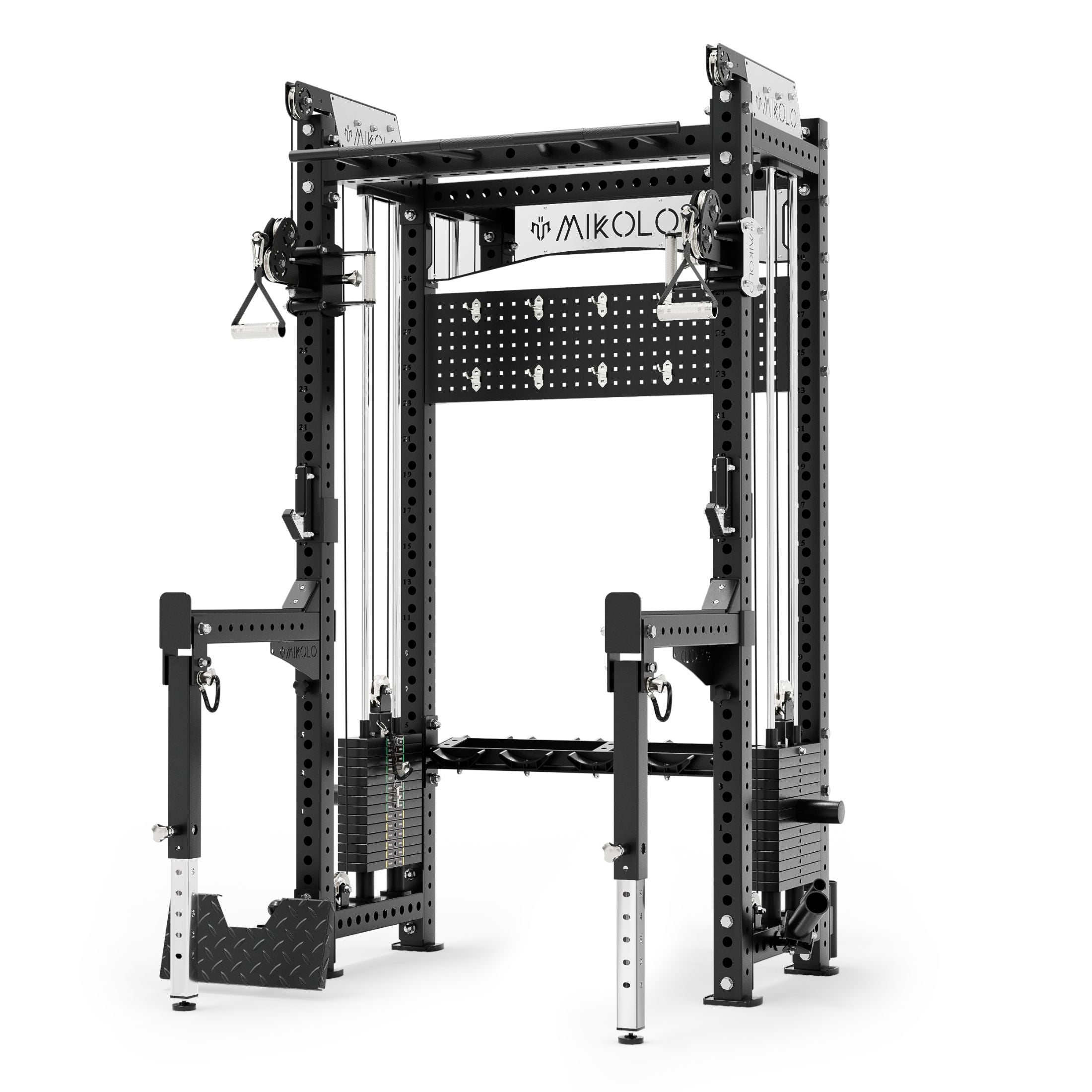
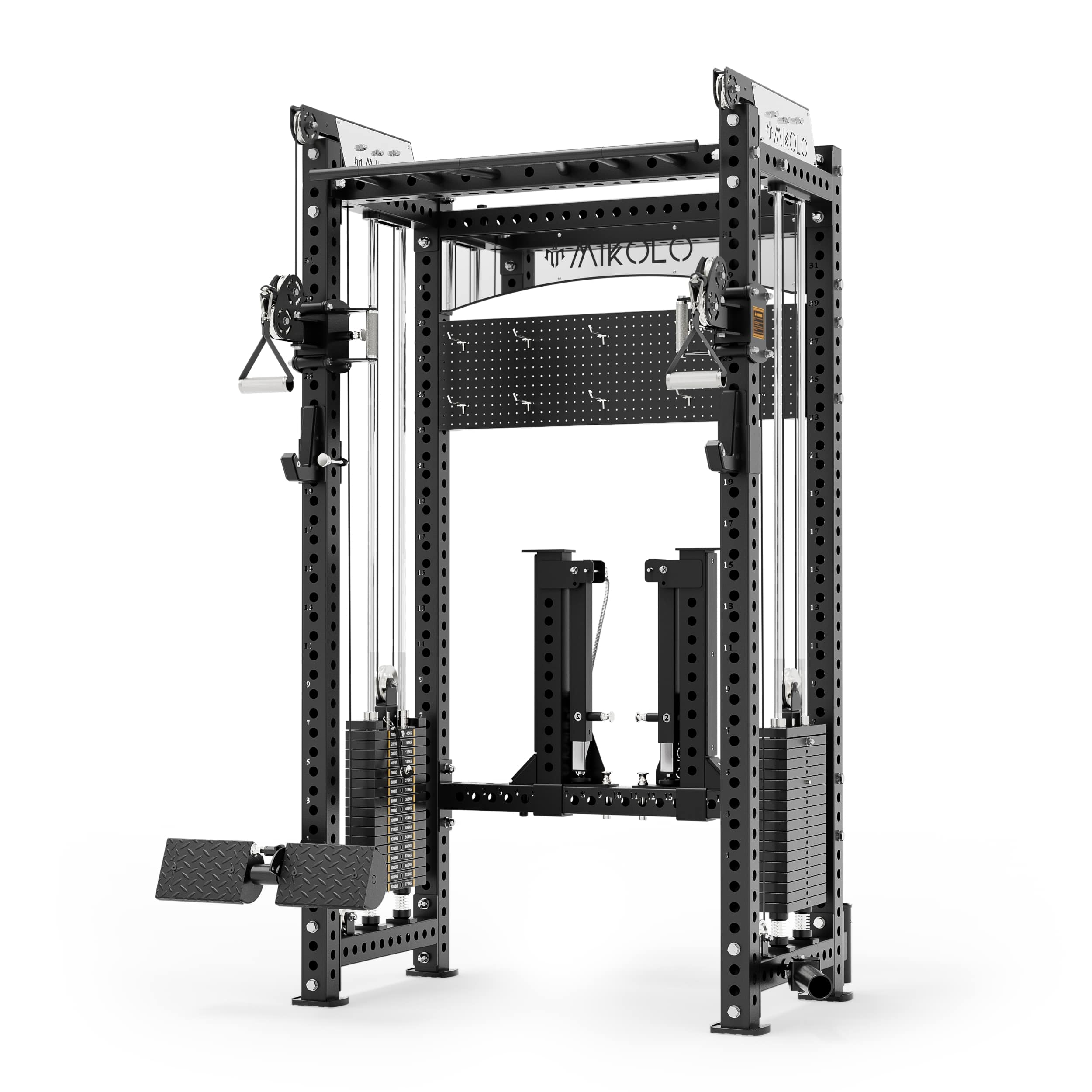
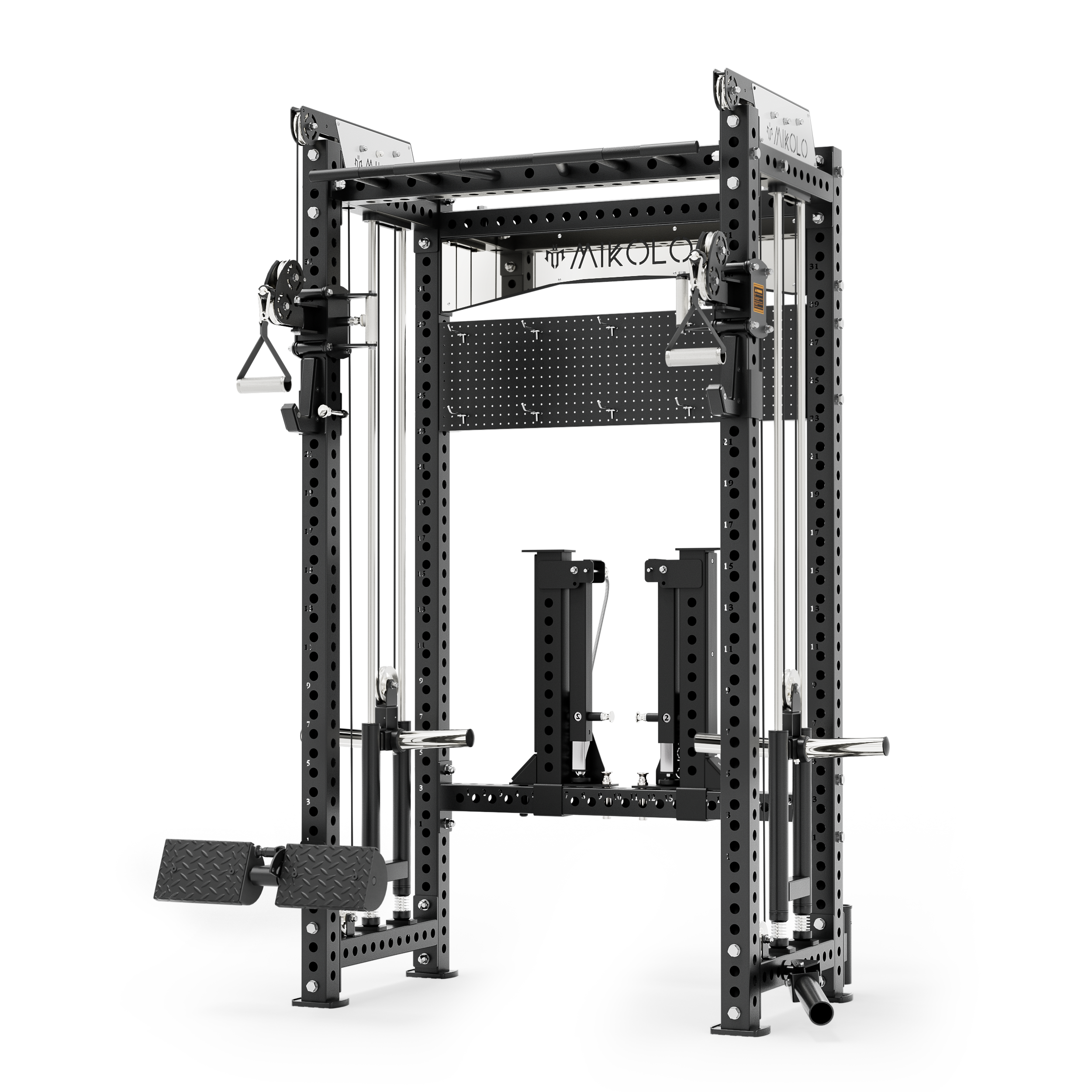


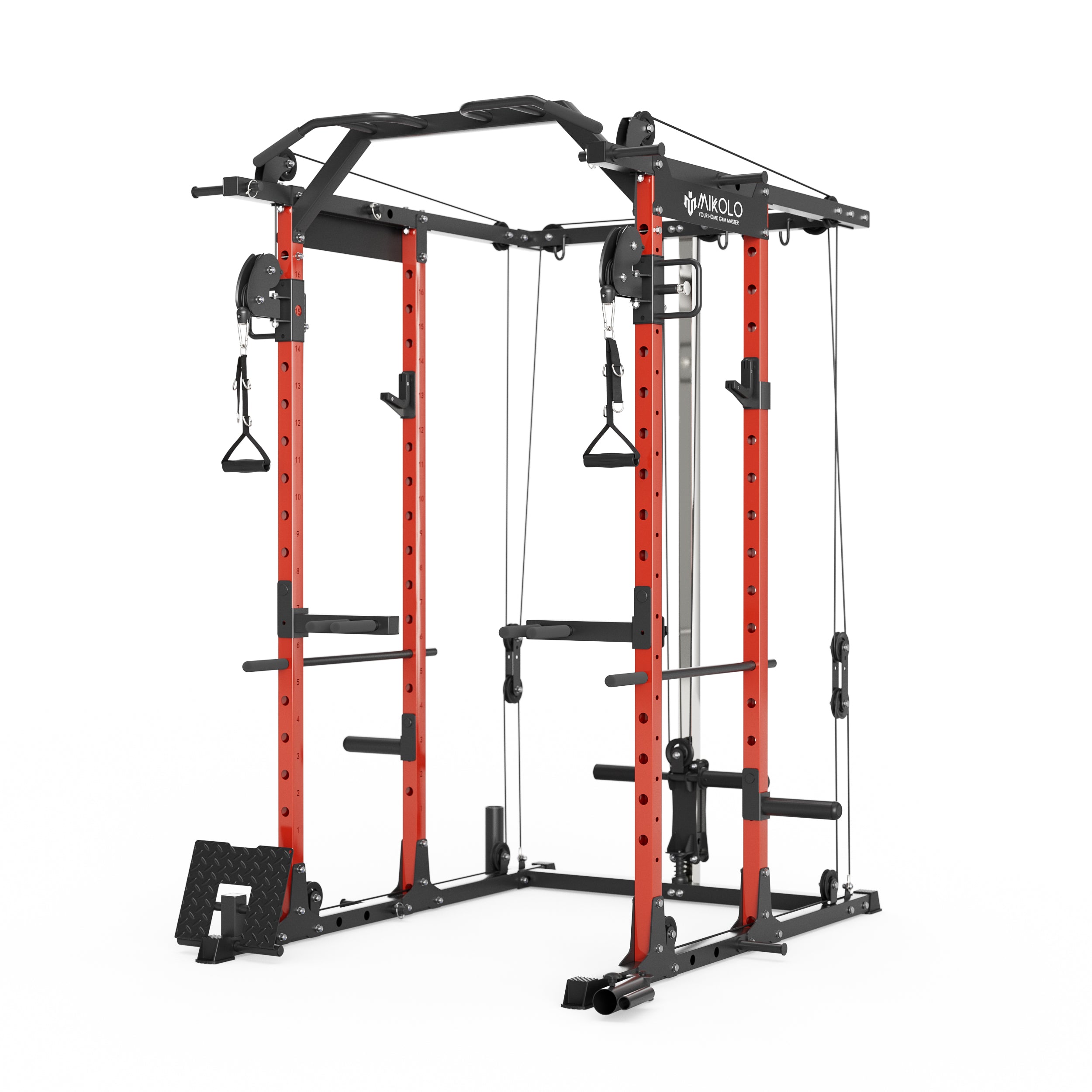
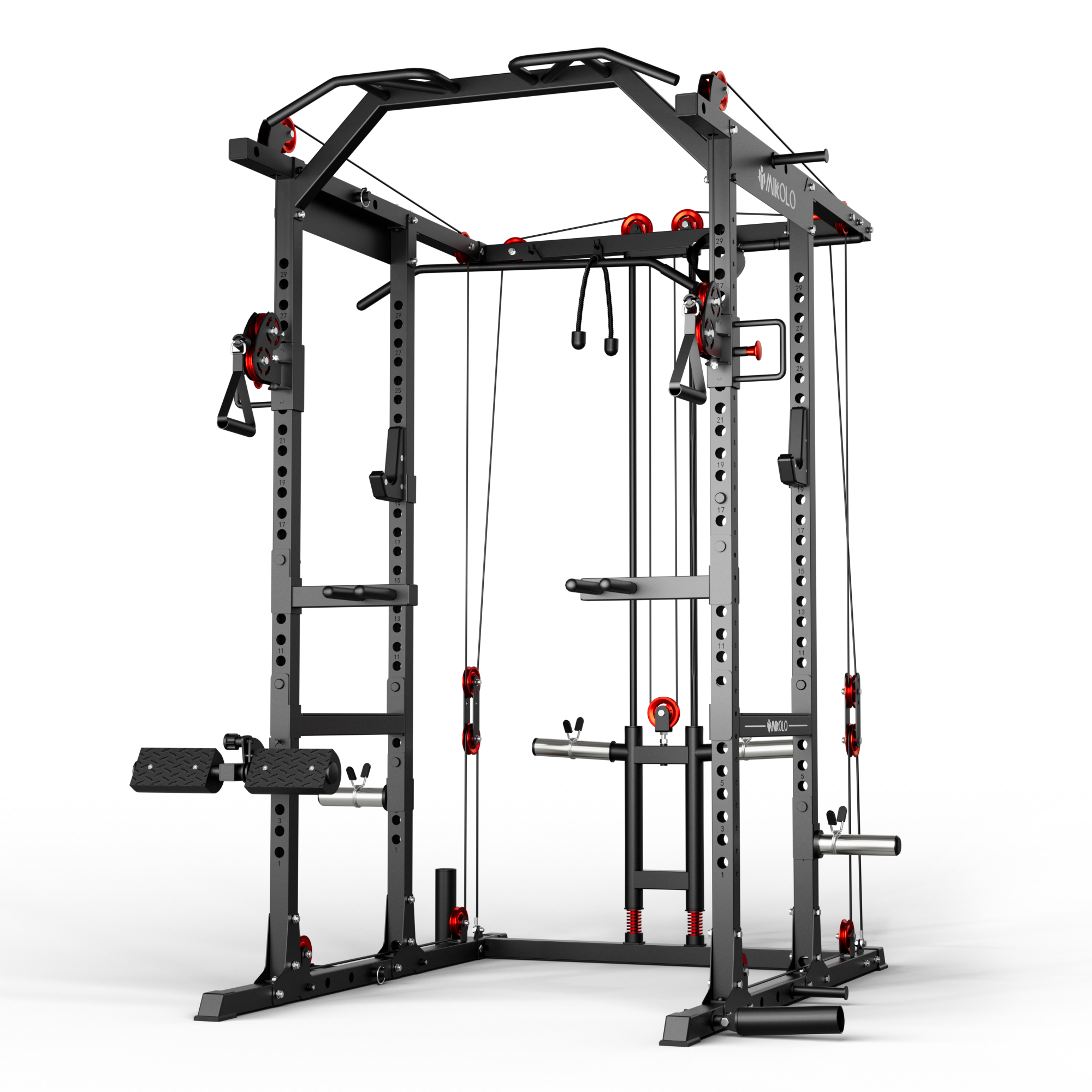

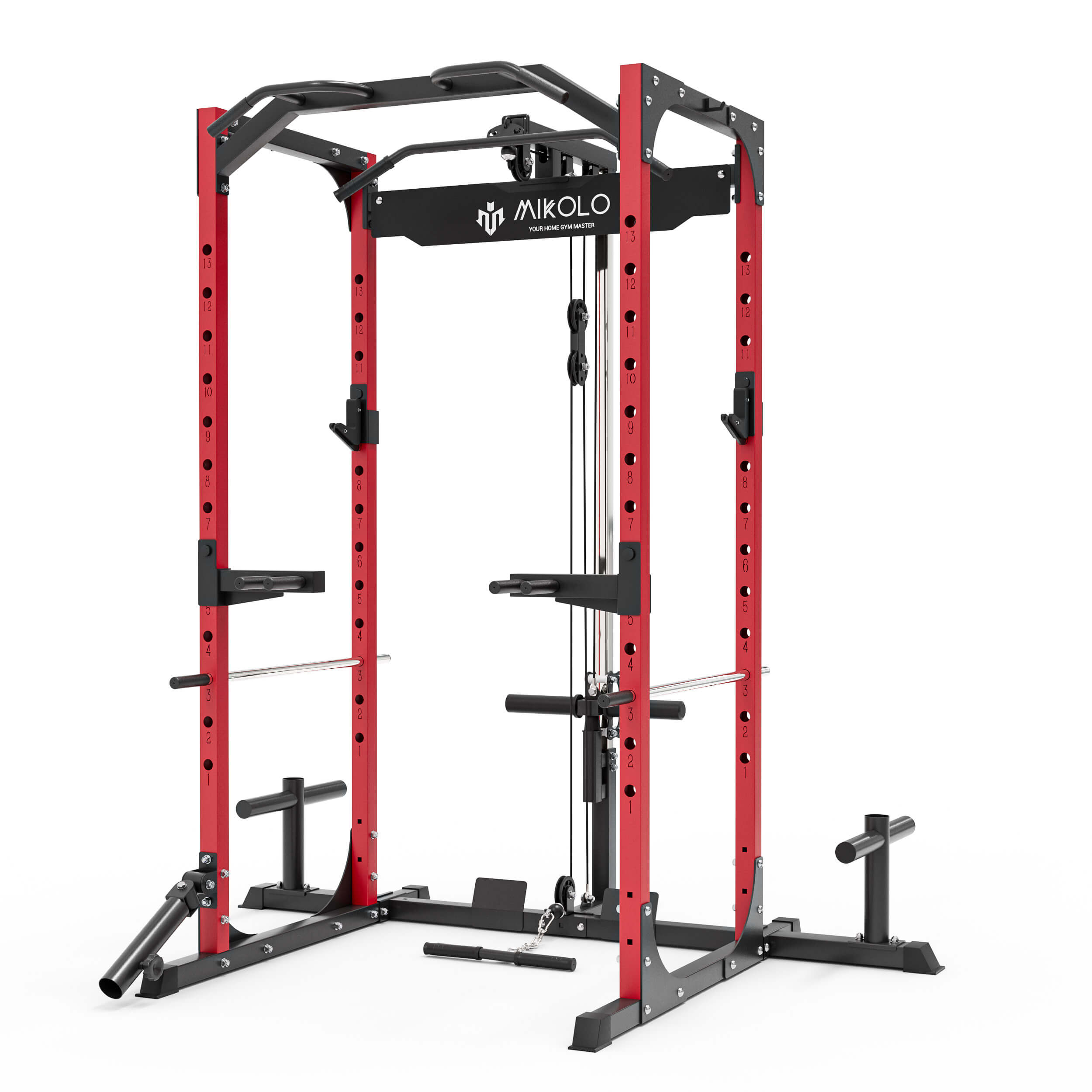

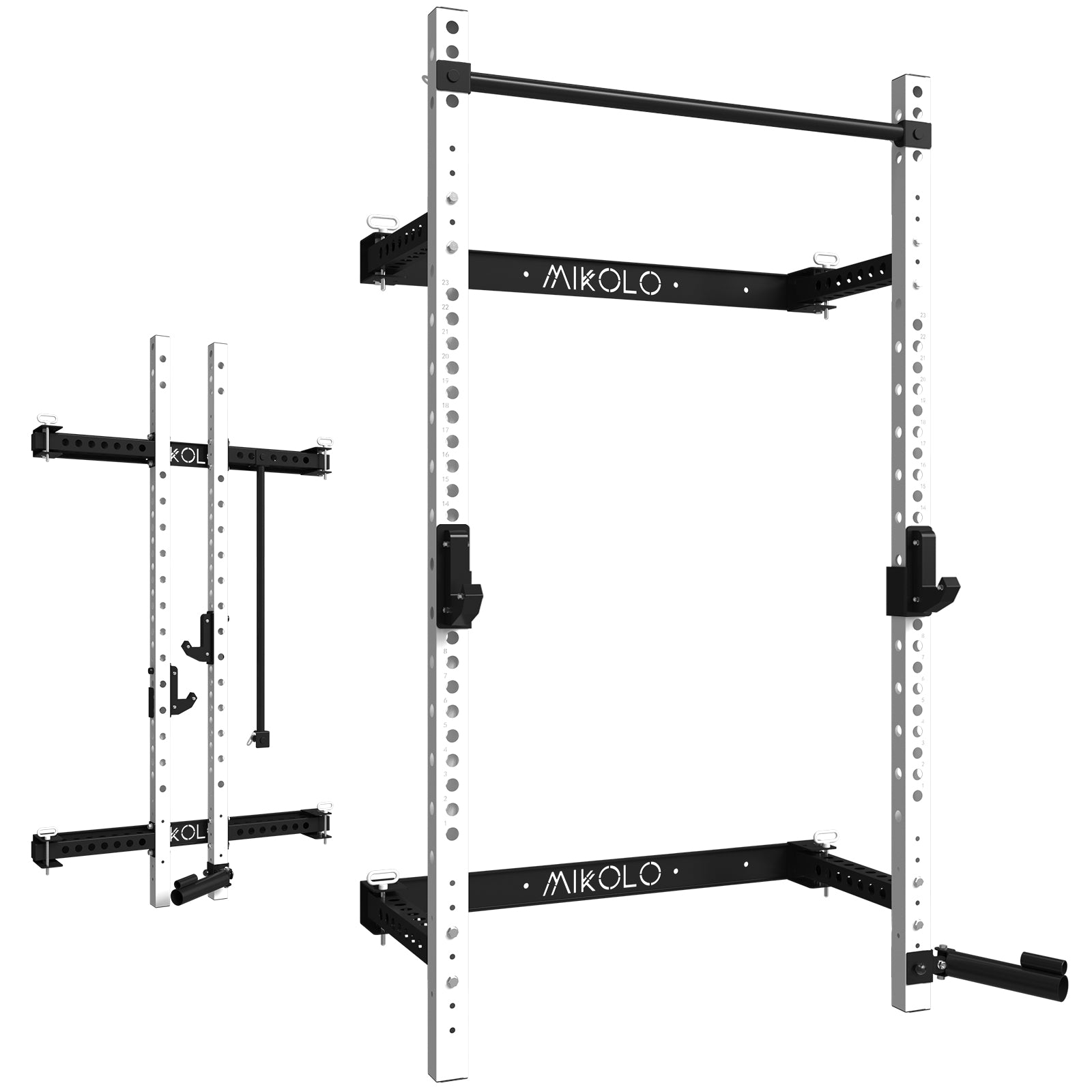

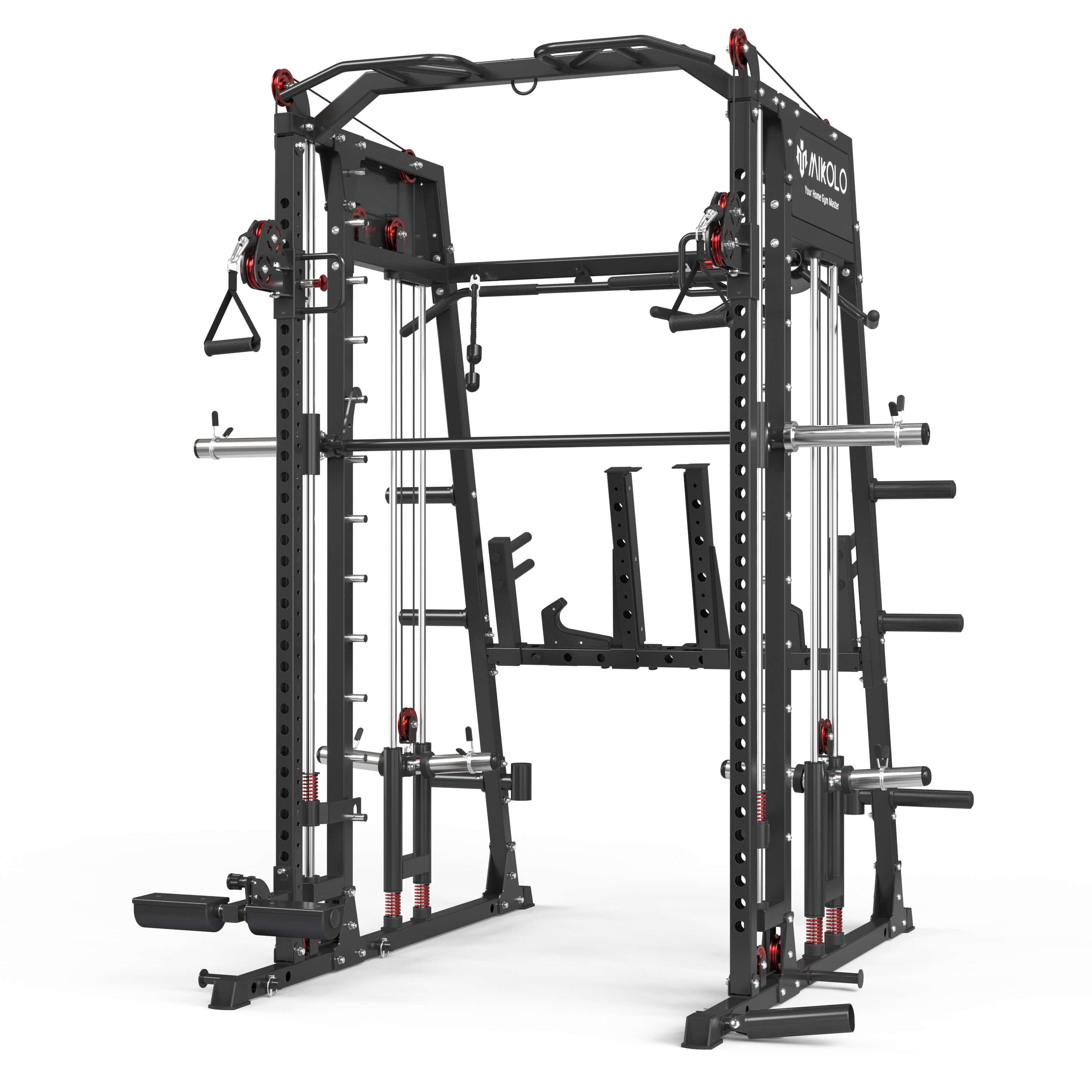
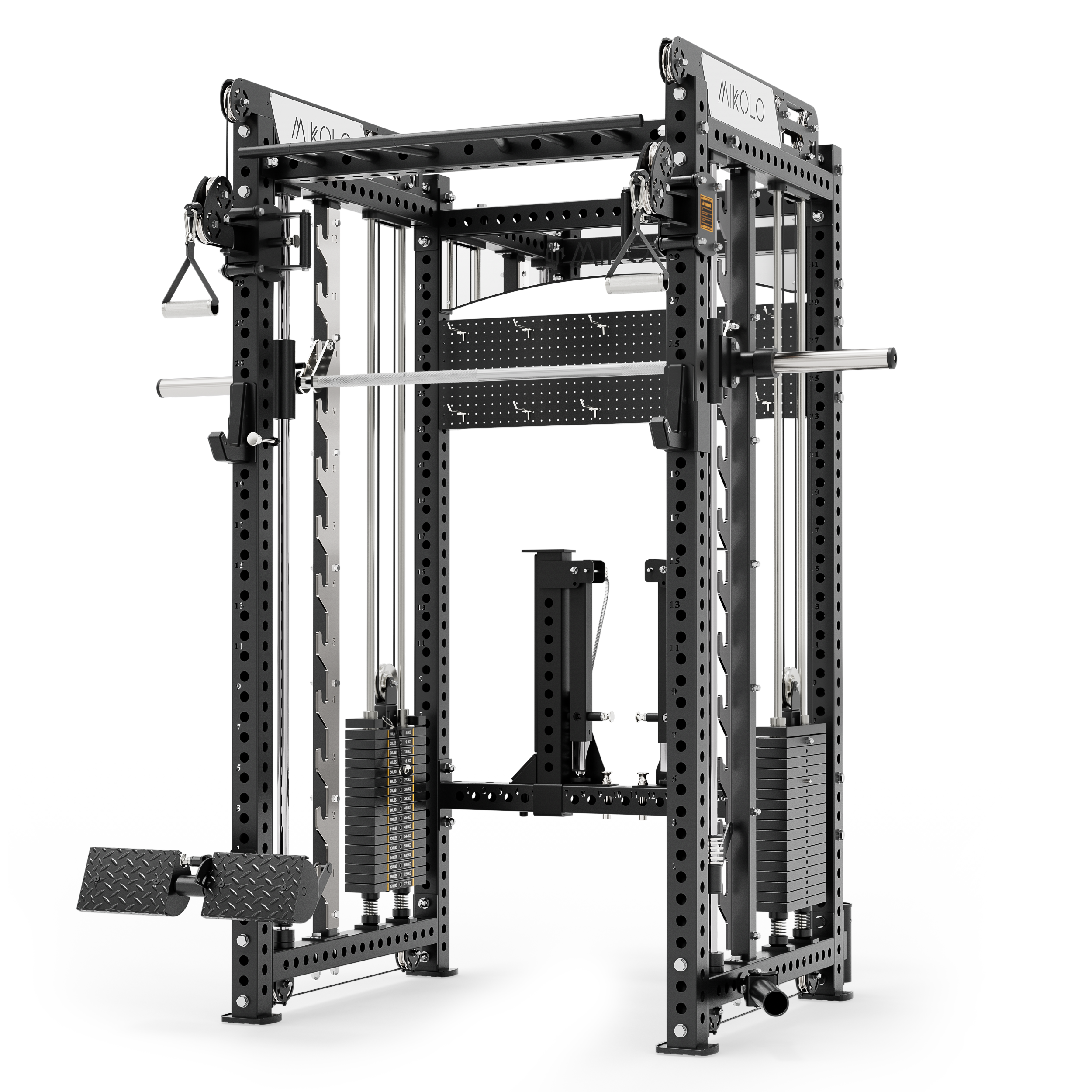
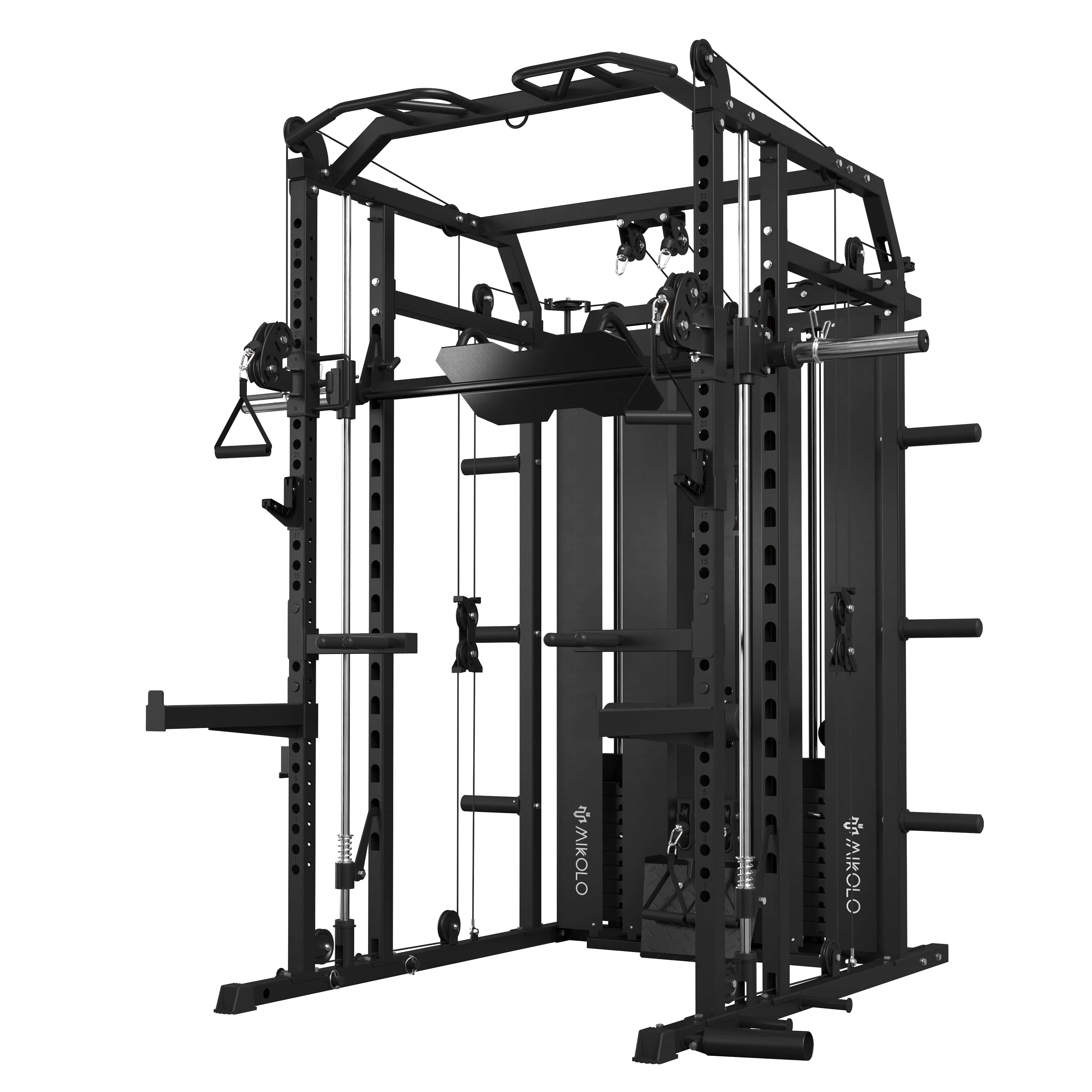
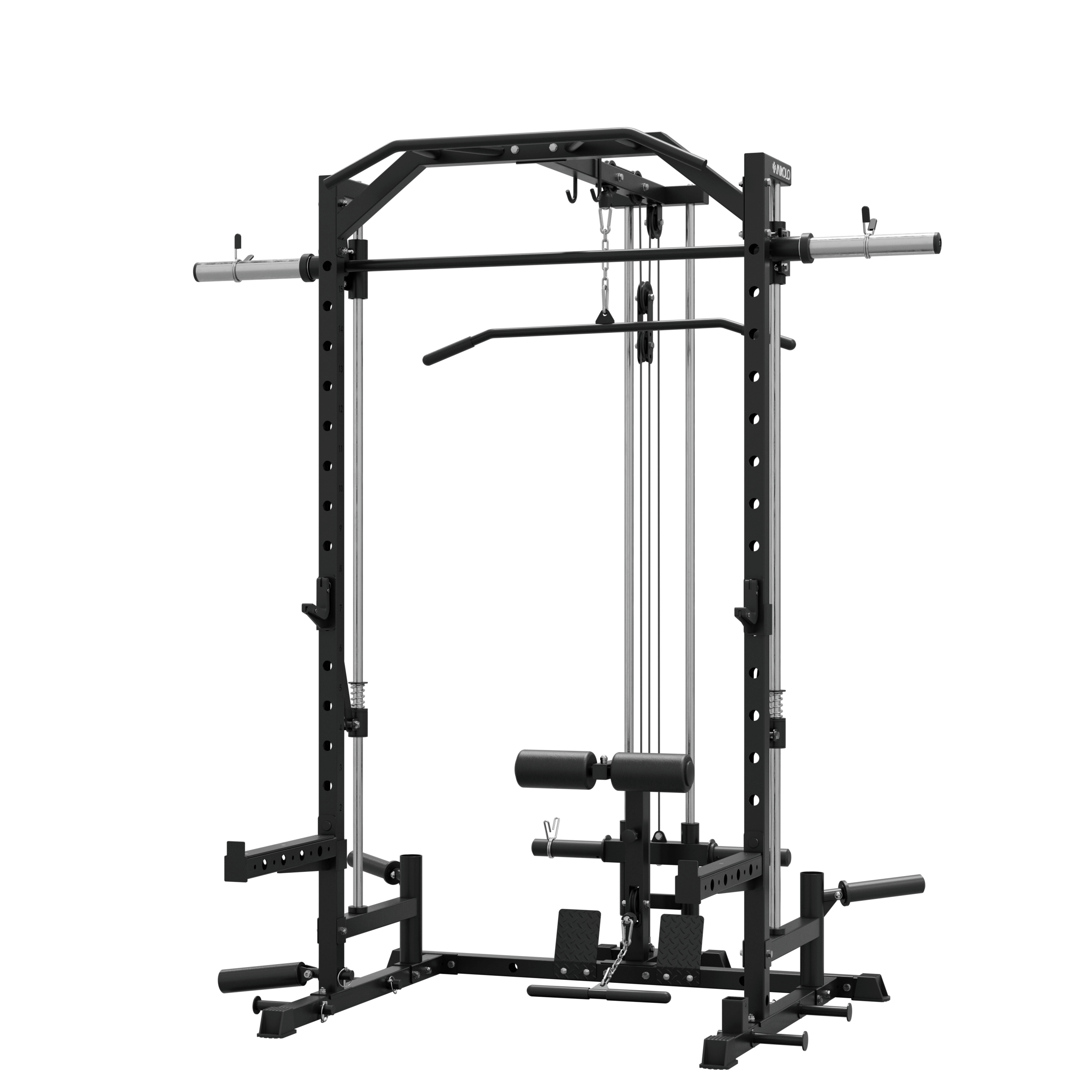
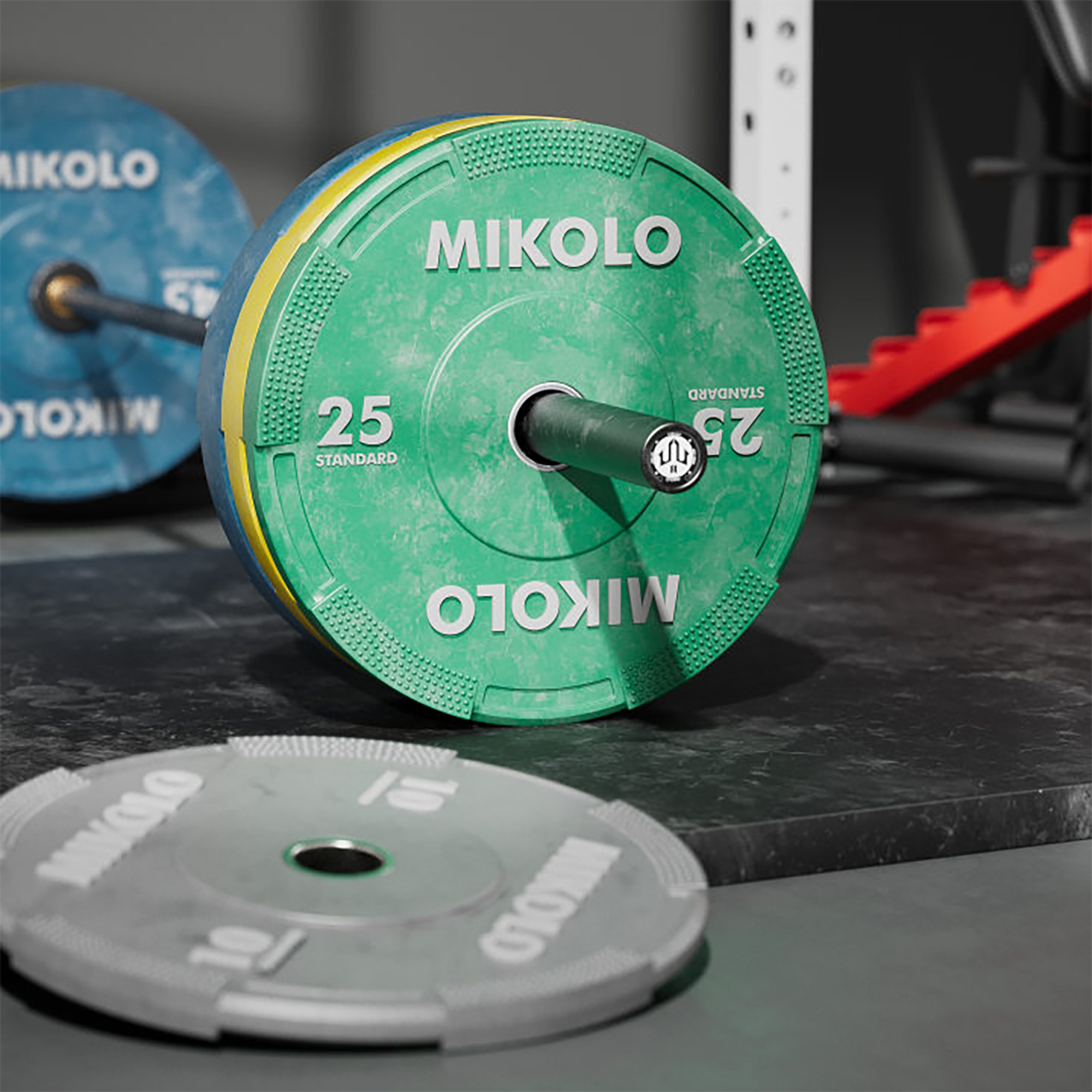






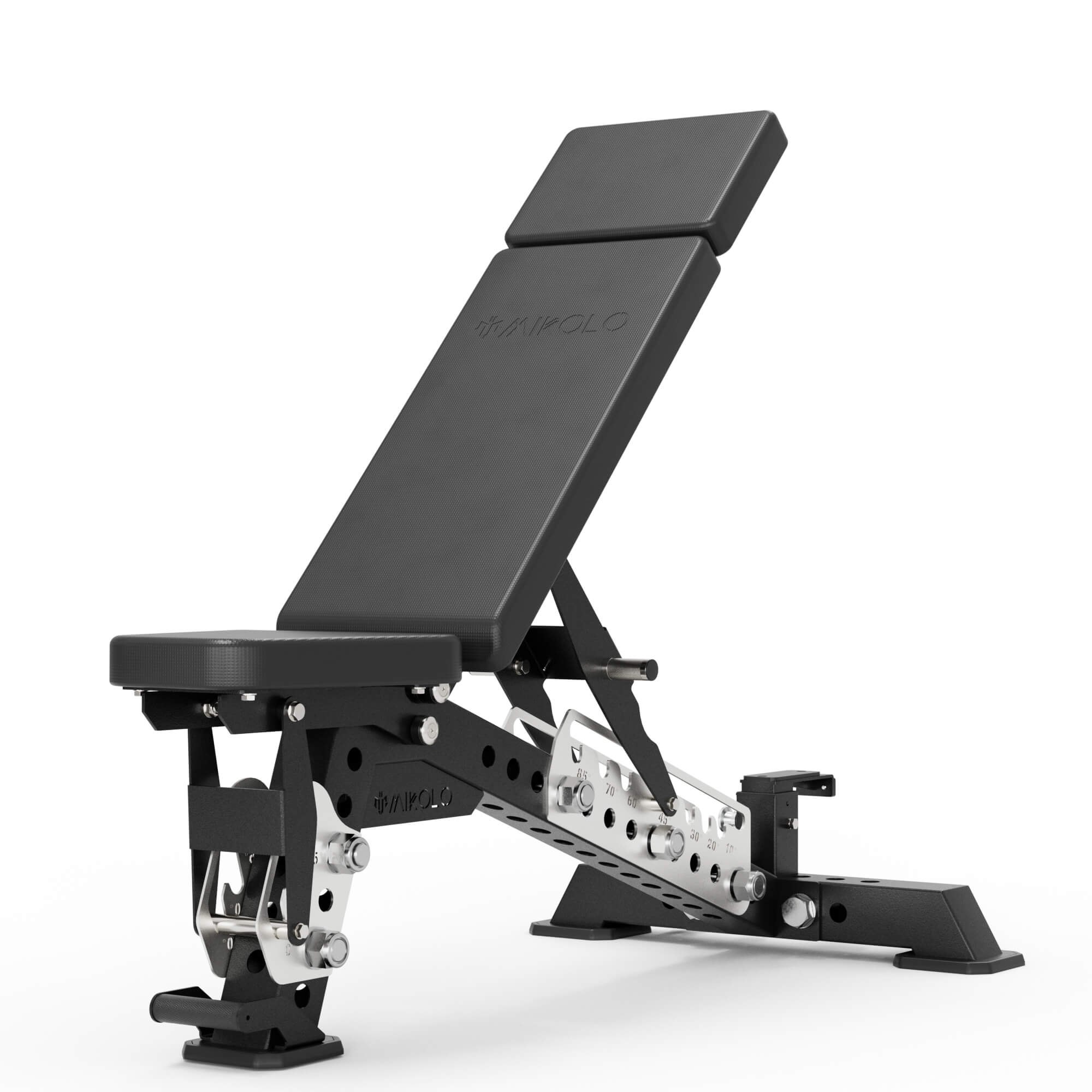
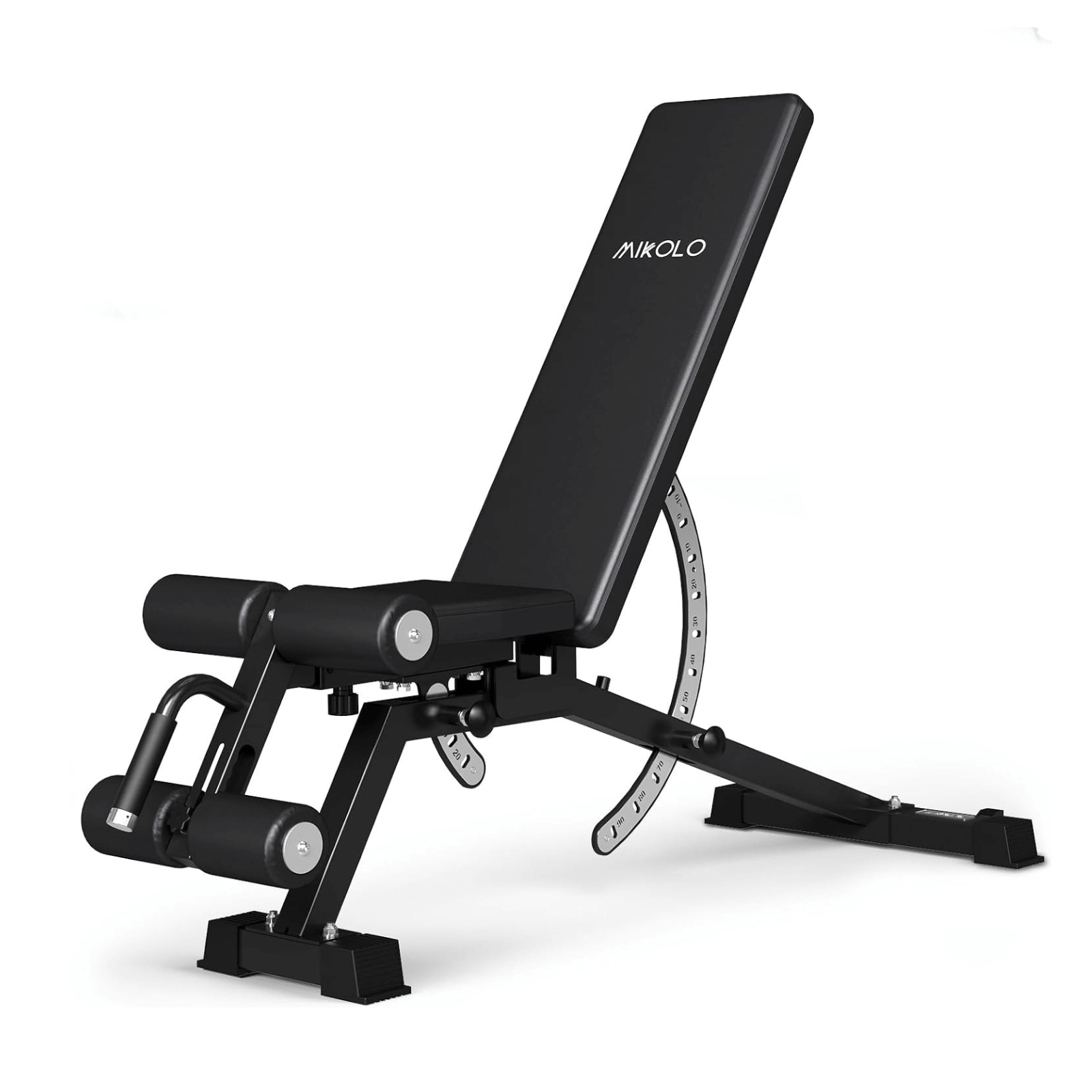




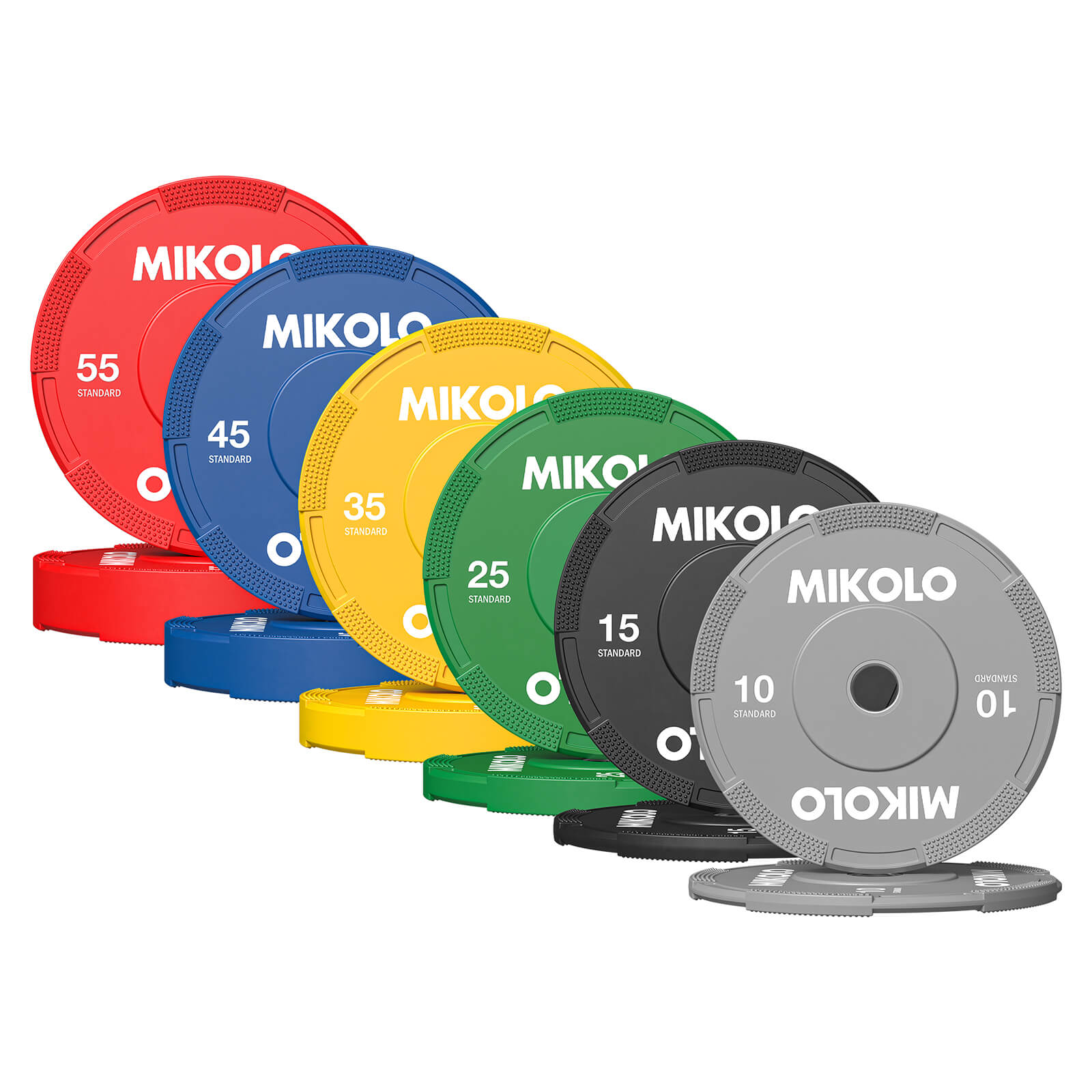
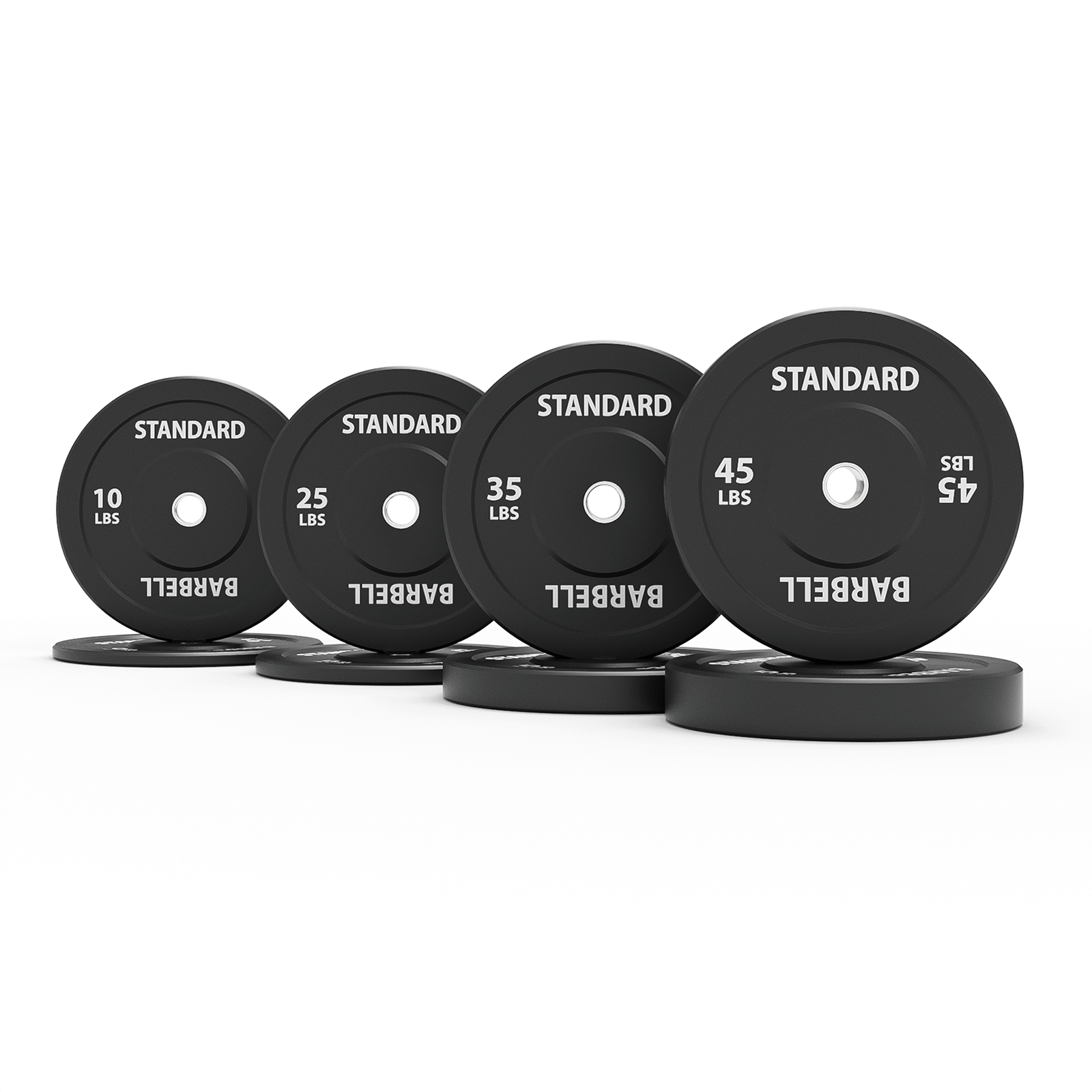

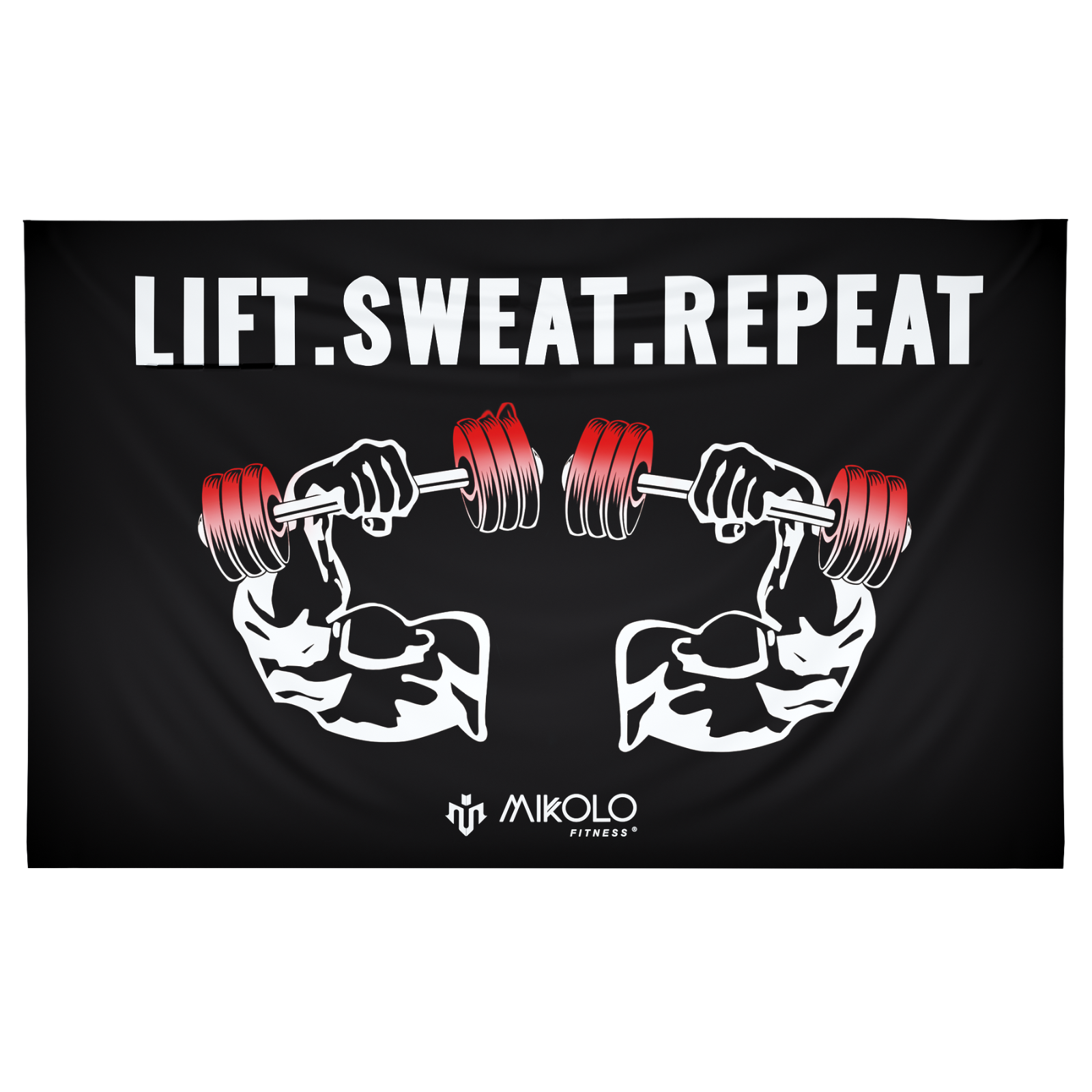
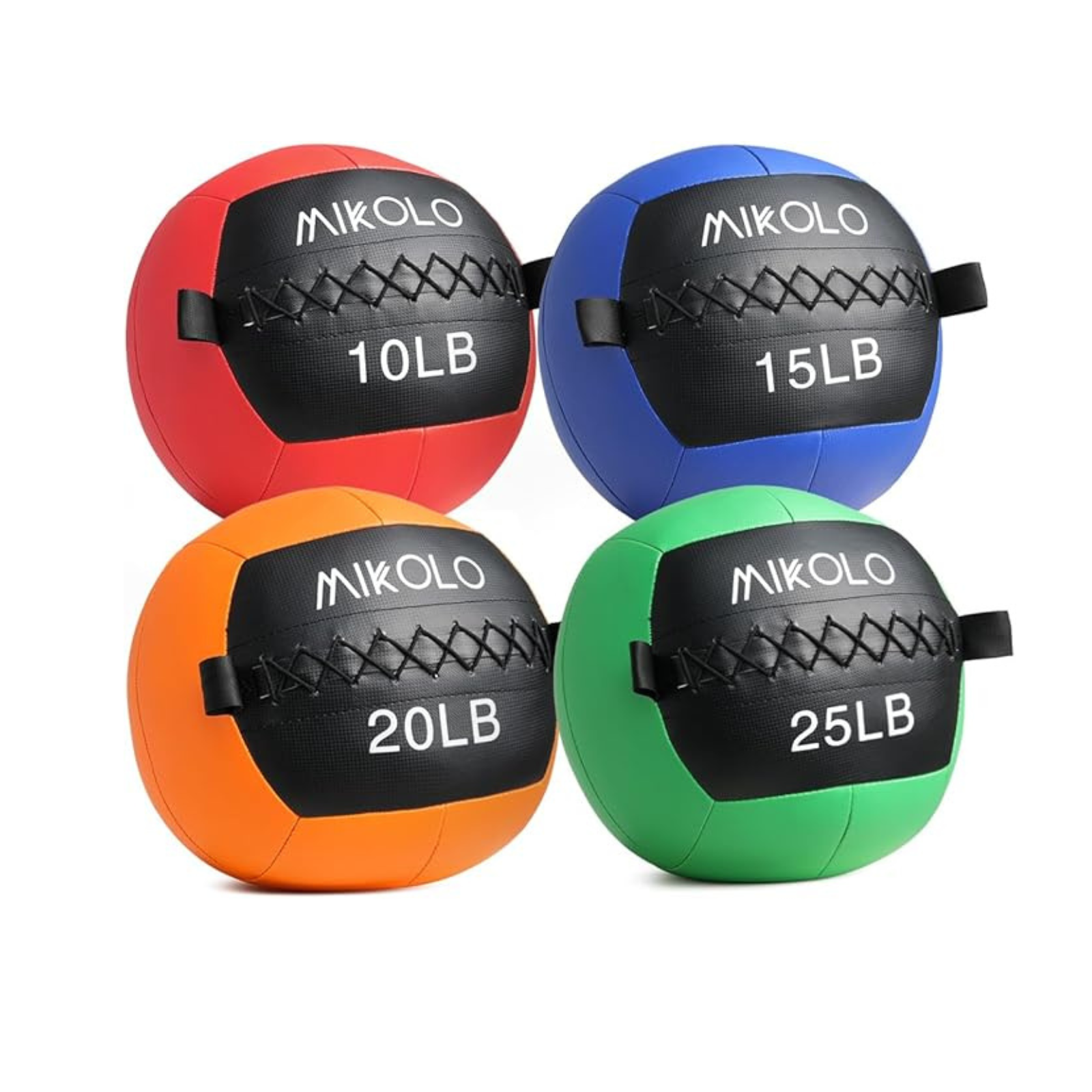
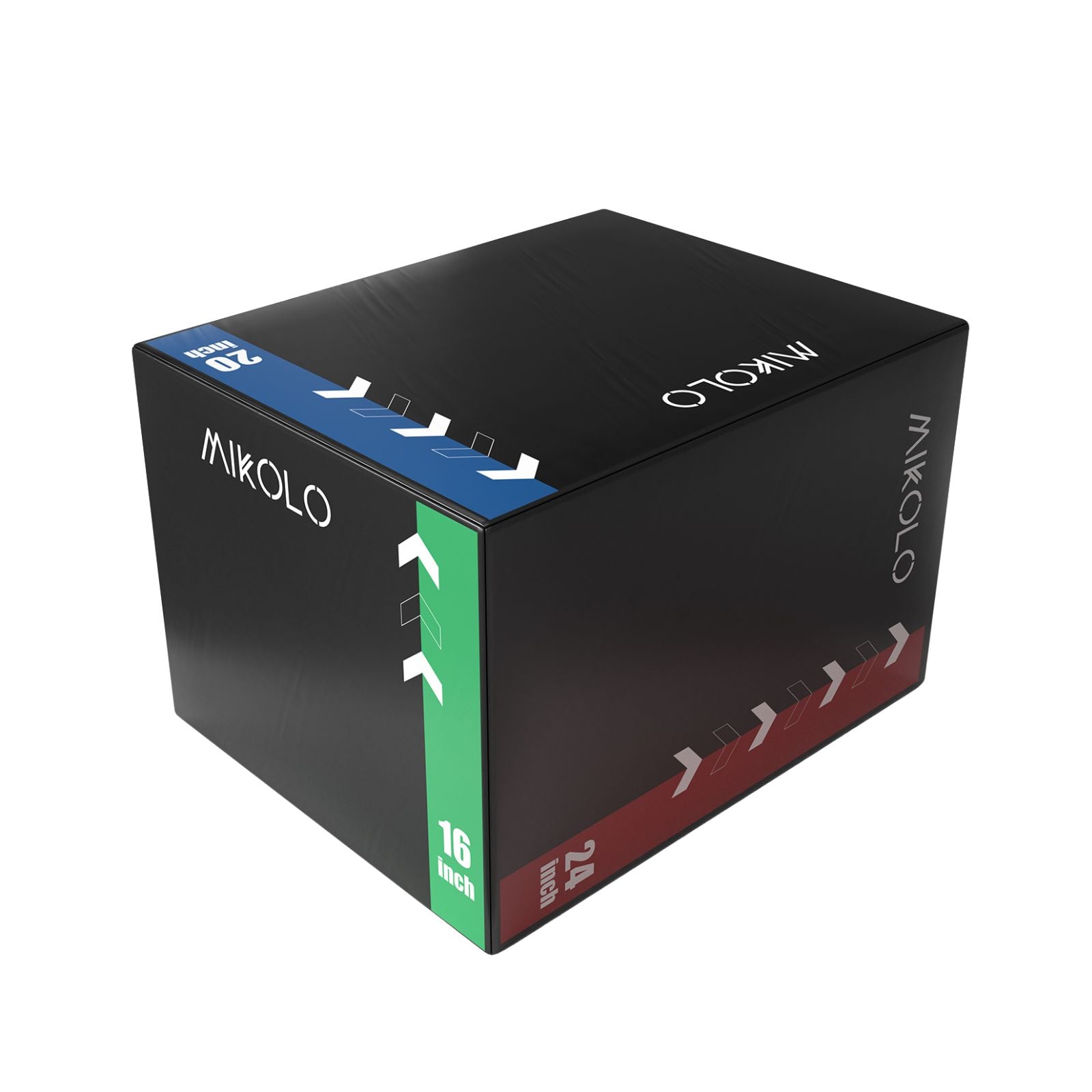

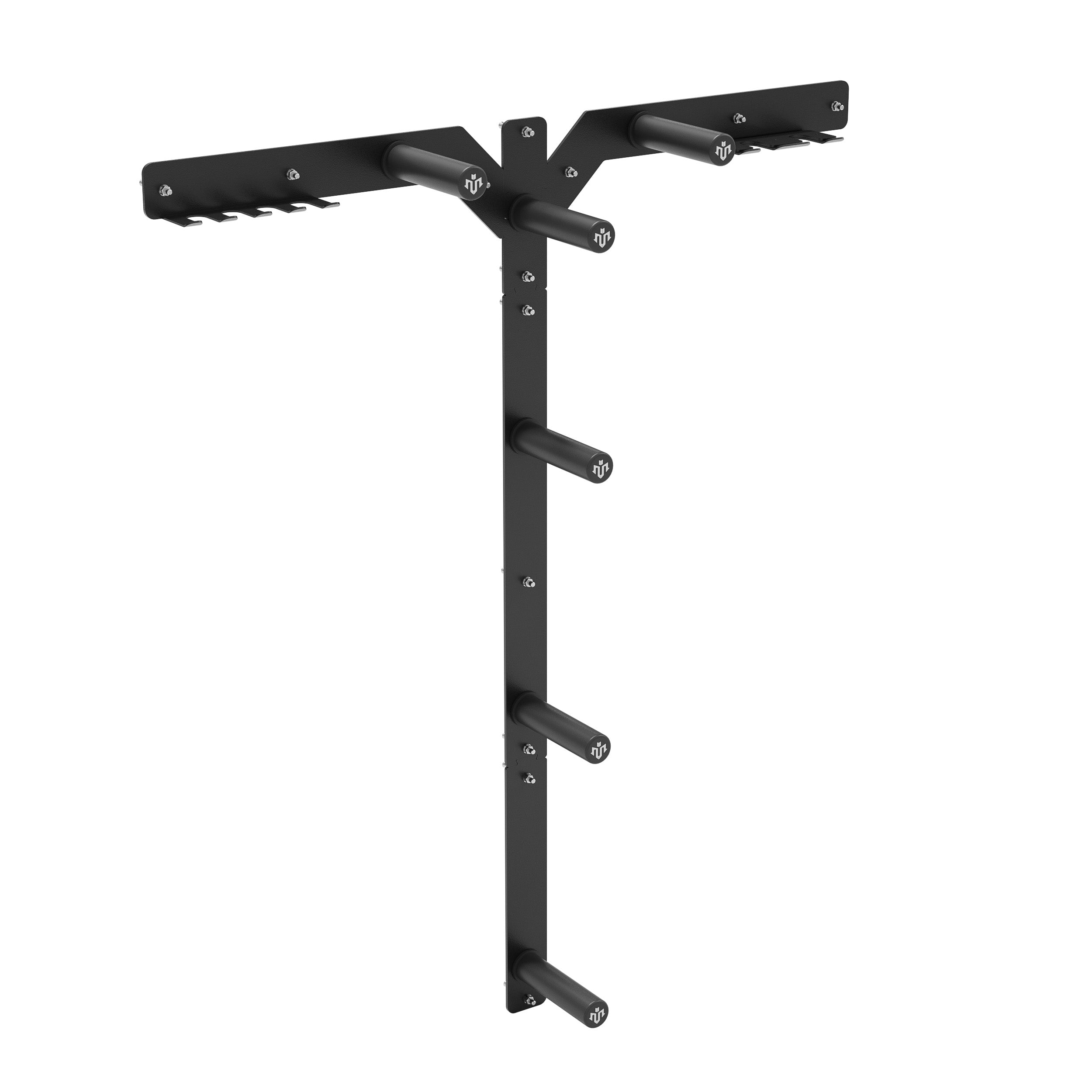




Leave a comment
This site is protected by hCaptcha and the hCaptcha Privacy Policy and Terms of Service apply.